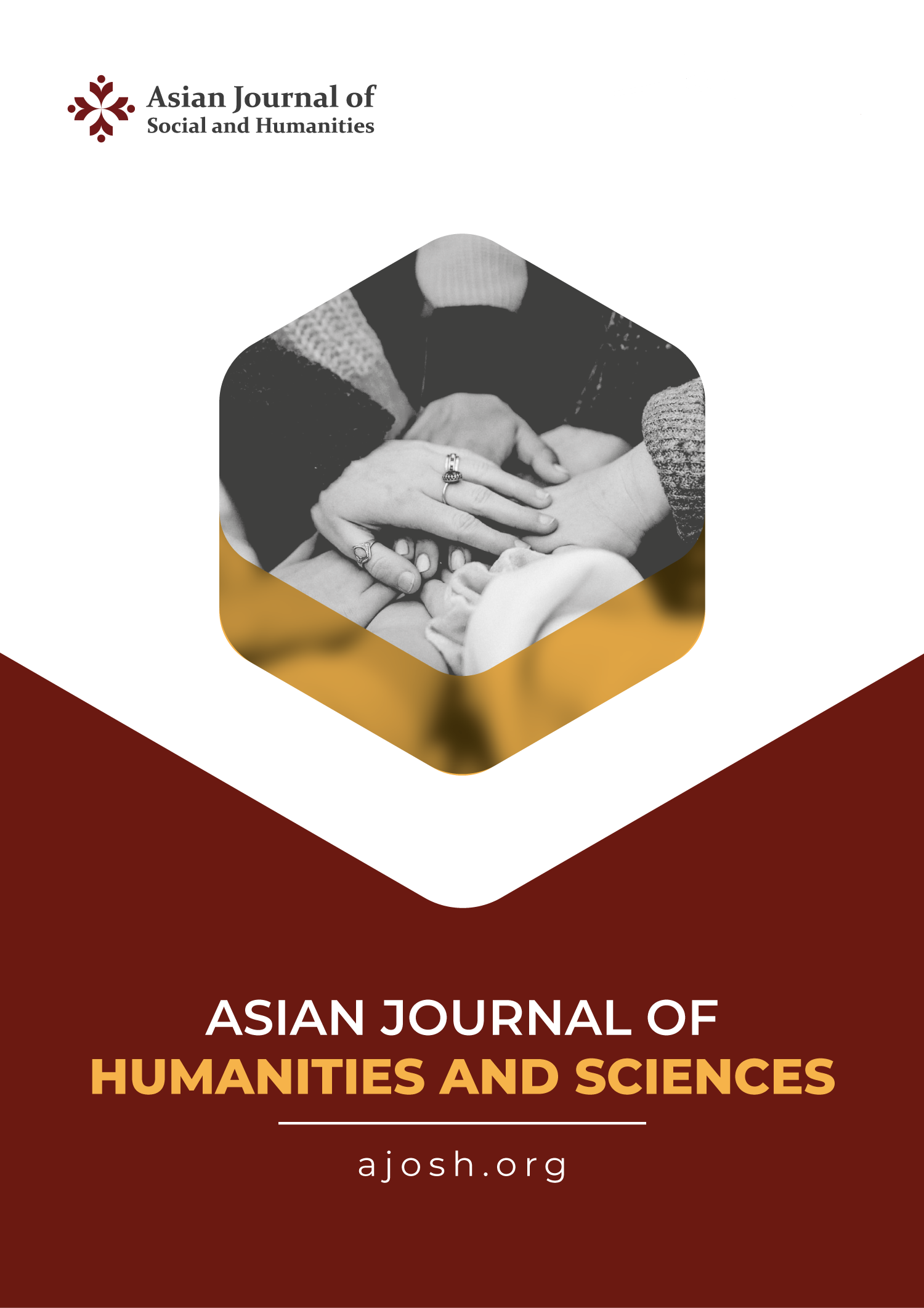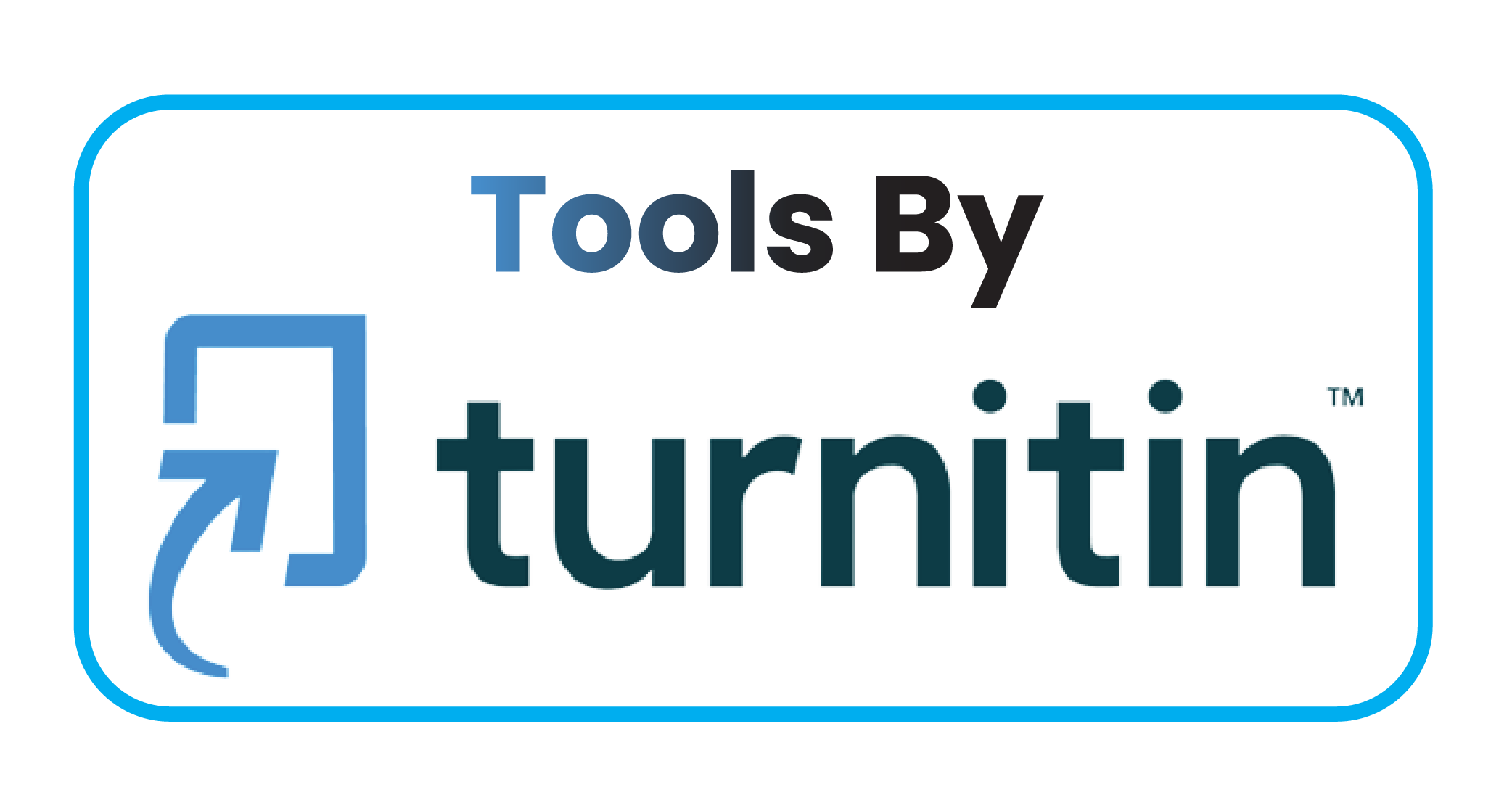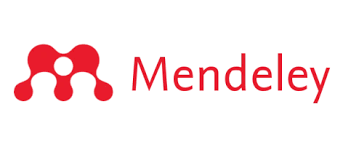Development of Experimental Models on Floating Breakwaters
DOI:
https://doi.org/10.59888/ajosh.v2i4.232Keywords:
breakwaters;, archipelagic;, coastal abrasionAbstract
Indonesia is the largest archipelagic country in the world with a potential area consisting of 17,480 islands with a sea stretch of 5.8 million km2 and has the fourth longest coastline in the world at 95,181 km, has a very high level of risk of abrasion hazards, especially considering that more than 60% of Indonesians live in coastal areas. The main purpose of a floating breakwater is to protect an area against unwanted wave heights. One of the most important boundary requirements in port design is allowable downtime. This is a period of time when the port cannot fulfill its function so as to prevent the occurrence of unwanted things from the movement of ships. Downtime occurs when a certain wave height is exceeded, causing unwanted ship movements. This implies that the wave transmitted by the floating breakwater to the port determines the downtime. Of the 7 (seven) types that exist, the box type is taken for research because the box type is more effective and efficient in dampening waves. Then the type of box that is used as a test model is carried out with 2 (two) conditions. The test model to be studied is a floating pontoon with a mooring line and a floating pontoon tethered to a pile.
Published
Issue
Section
License
Copyright (c) 2024 Hotma Harapan Saragih, Roesdiman Soegiarso, Indra Noer Hamdhan

This work is licensed under a Creative Commons Attribution-ShareAlike 4.0 International License.
Authors who publish with this journal agree to the following terms:
- Authors retain copyright and grant the journal right of first publication with the work simultaneously licensed under a Creative Commons Attribution-ShareAlike 4.0 International. that allows others to share the work with an acknowledgement of the work's authorship and initial publication in this journal.
- Authors are able to enter into separate, additional contractual arrangements for the non-exclusive distribution of the journal's published version of the work (e.g., post it to an institutional repository or publish it in a book), with an acknowledgement of its initial publication in this journal.
- Authors are permitted and encouraged to post their work online (e.g., in institutional repositories or on their website) prior to and during the submission process, as it can lead to productive exchanges, as well as earlier and greater citation of published work.










